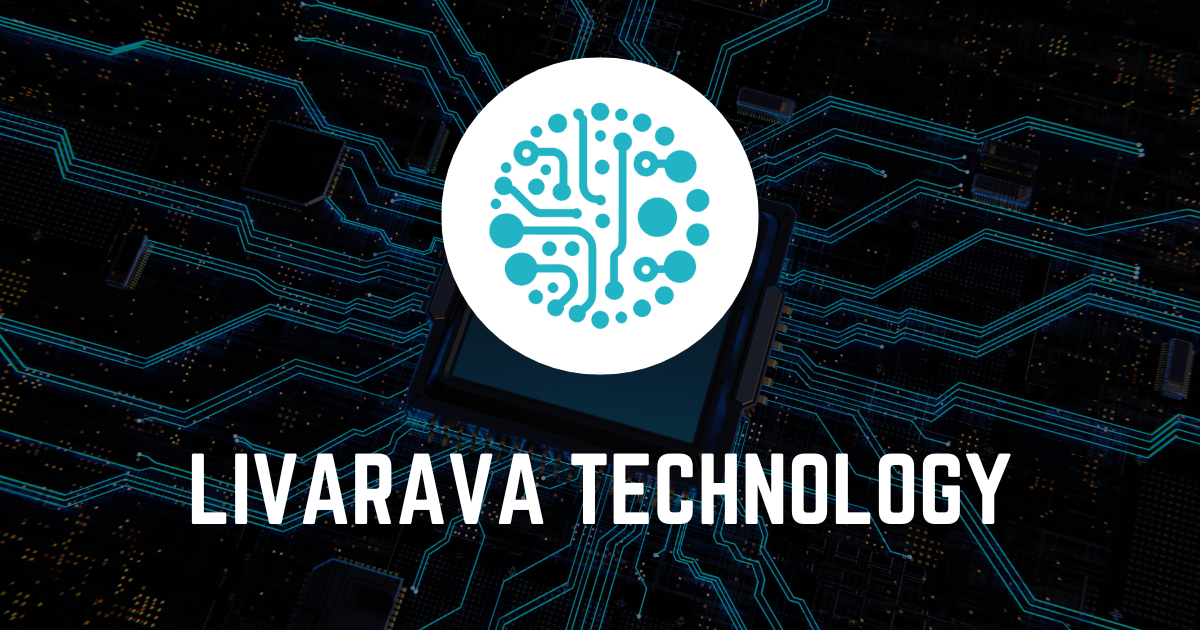Introducing the Brain Cell Atlas: A Landmark Study on Human Brain Cell Diversity

Overview of the Brain Cell Atlas
Advancements in single-cell technologies have transformed our comprehension of human brain cell types and functions. However, there is a pressing need for comprehensive studies that involve large donor groups and multiple brain regions to broaden our understanding of brain cell heterogeneity.
Key Findings
The Brain Cell Atlas integrates atlas-level single-cell data, offering an unparalleled opportunity to reveal rare cell types and cellular differences across brain regions. It comprises:
- Data from 70 human studies and 103 mouse studies.
- Cumulative data on over 26.3 million cells or nuclei from both healthy and diseased tissues.
- Machine-learning algorithms for consensus cell type annotation.
- Identification of unique neural progenitor cells and PCDH9high microglia in the human brain.
Discoveries and Implications
The atlas elucidates differences in gene regulatory mechanisms of PCDH9high microglia between the hippocampus and the prefrontal cortex, thereby unveiling a complex cell–cell communication network. This resource serves as a vital integrative tool for the ongoing Human Cell Atlas initiative, enabling comparisons of brain cells under various environments and conditions.
Conclusion
The Brain Cell Atlas stands out as a groundbreaking study, paving the way for future research into the intricate landscape of brain cells and their interactions, ultimately enhancing our understanding of brain functionality.
This article was prepared using information from open sources in accordance with the principles of Ethical Policy. The editorial team is not responsible for absolute accuracy, as it relies on data from the sources referenced.